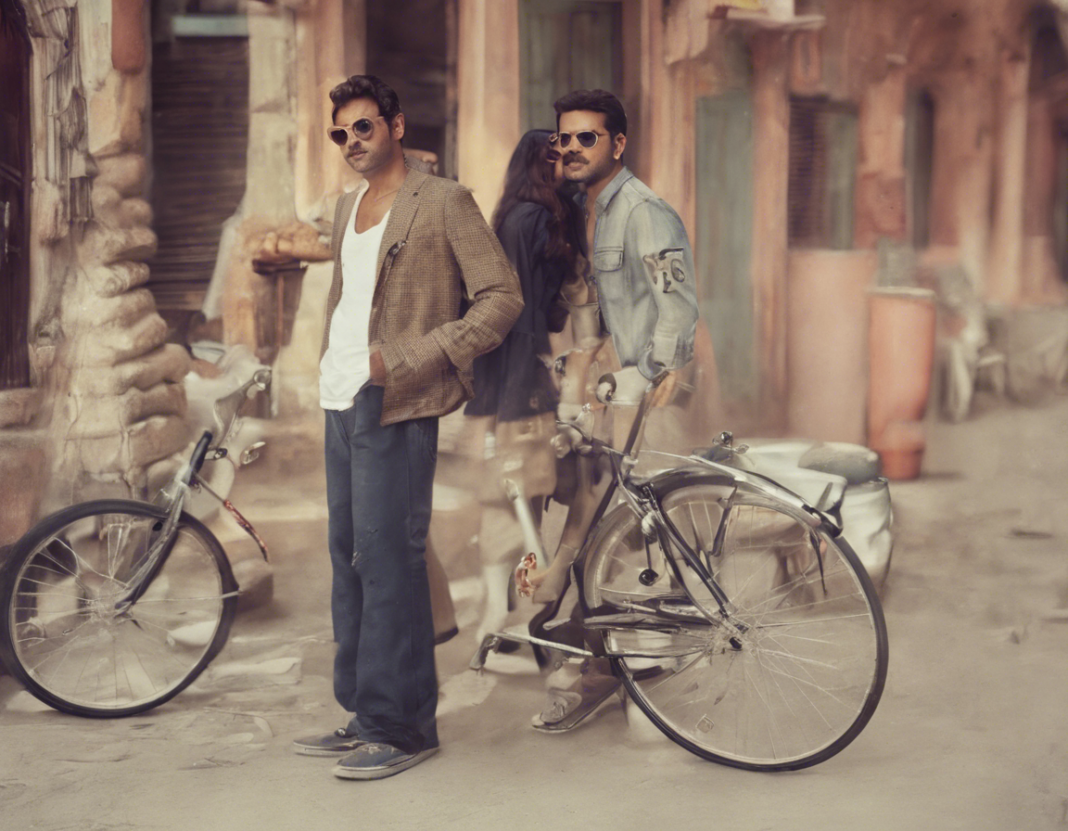Picture this: a dimly lit room, the sound of popcorn crunching beneath excited feet, the flickering of images on a larger-than-life screen. The magic of cinema has the unparalleled ability to transport us to distant lands, evoke deep emotions, and ignite our imaginations like nothing else. From the earliest days of silent films to the cutting-edge CGI spectacles of today, movies have captivated audiences around the world. In this article, we delve into the world of film, exploring its history, impact on society, and the creative processes that bring stories to life.
History of Cinema
The history of cinema is a rich tapestry woven with the threads of innovation, creativity, and technological advancement. It all began in the late 19th century, with pioneers like the Lumière Brothers and George Méliès experimenting with moving pictures. The first silent films captivated audiences with their simplistic storytelling and magical illusions. As technology progressed, sound was introduced, revolutionizing the way stories were told.
The Golden Age of Hollywood in the early to mid-20th century gave rise to iconic stars like Charlie Chaplin, Marilyn Monroe, and Humphrey Bogart. The studio system churned out classics that have stood the test of time, from “Gone with the Wind” to “Casablanca.” The 1960s and 70s brought new wave cinema, with directors like Martin Scorsese, Francis Ford Coppola, and Steven Spielberg pushing boundaries and redefining the art form.
Impact of Cinema on Society
Cinema is more than entertainment; it is a reflection of society, shaping our cultural norms, values, and perceptions. Films have the power to inspire social change, raise awareness about important issues, and foster empathy and understanding. From groundbreaking films like “To Kill a Mockingbird” shining a light on racial injustice to documentaries like “An Inconvenient Truth” raising awareness about climate change, cinema has the potential to spark conversations and drive positive change.
Cinema also serves as a form of escapism, allowing audiences to immerse themselves in fantastical worlds and forget their troubles, if only for a few hours. The global reach of cinema transcends borders and languages, uniting people from diverse backgrounds in a shared experience. In an increasingly digital world, the communal experience of watching a film in a theater remains a powerful and unifying force.
The Art of Filmmaking
Behind every great film is a team of creative visionaries working tirelessly to bring a director’s vision to life. From screenwriters crafting compelling stories to cinematographers capturing stunning visuals, the art of filmmaking is a collaborative process that requires meticulous planning and boundless creativity.
The director serves as the captain of the ship, guiding the cast and crew through the production process and ensuring that the film stays true to its vision. Cinematographers use light, color, and composition to create visually stunning images that enhance the storytelling. Editors piece together hours of footage into a cohesive narrative, while sound designers and composers create immersive auditory experiences that elevate the film to new heights.
Evolution of Film Technology
The evolution of film technology has been nothing short of revolutionary, transforming the way films are made and consumed. From the advent of sound in the 1920s to the introduction of color film in the 1930s, technological advancements have pushed the boundaries of what is possible on screen.
The digital revolution in the late 20th century ushered in a new era of filmmaking, with directors like James Cameron embracing CGI and 3D technology to create visually stunning spectacles like “Avatar.” The rise of streaming services like Netflix and Amazon Prime has revolutionized the way films are distributed and consumed, making it easier for independent filmmakers to reach global audiences.
The Future of Cinema
As we stand on the cusp of a new decade, the future of cinema is filled with endless possibilities. Virtual reality and augmented reality are poised to revolutionize the way we experience films, allowing audiences to step inside their favorite movies and interact with the characters in ways never before imagined. AI and machine learning are being used to analyze audience preferences and create personalized film recommendations.
Despite the challenges posed by the rise of streaming services and the ongoing pandemic, the magic of cinema endures. As long as there are stories to be told and audiences eager to listen, the art of filmmaking will continue to thrive, captivating and inspiring generations to come.
Frequently Asked Questions (FAQs)
Q: What is the difference between CGI and VFX in film?
A: CGI (Computer-Generated Imagery) refers to the creation of visual elements using computer software, while VFX (Visual Effects) encompasses a broader range of techniques, including CGI, practical effects, and compositing.
Q: Who is considered the first female director in cinema history?
A: Alice Guy-Blaché, a French filmmaker, is widely regarded as the first female director in cinema history. She began her career in the late 19th century and made over 1,000 films.
Q: How long does it typically take to shoot a feature film?
A: The time it takes to shoot a feature film can vary depending on the scale and complexity of the production. On average, a typical feature film may take anywhere from a few weeks to several months to shoot.
Q: What is the difference between a screenplay and a script in filmmaking?
A: A screenplay is a detailed blueprint of a film’s story, characters, and dialogue, while a script refers to the written dialogue and directions that the actors follow during filming.
Q: How do film festivals impact the film industry?
A: Film festivals provide a platform for independent filmmakers to showcase their work, gain recognition, and attract distributors. They also serve as a breeding ground for new talent and innovative storytelling.
In conclusion, cinema is a powerful art form that transcends borders, languages, and cultures, uniting audiences in a shared experience of storytelling and creativity. As we continue to embrace new technologies and storytelling techniques, the magic of cinema will continue to captivate and inspire audiences for generations to come.

